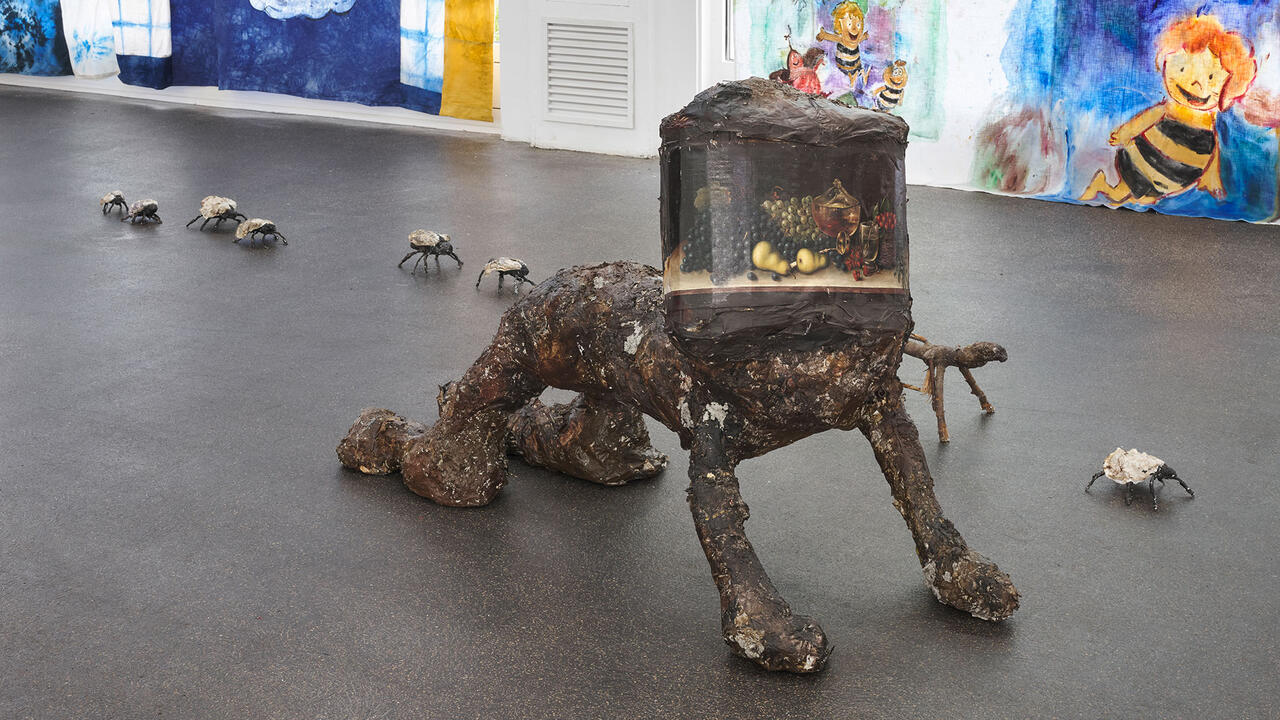Auditorium: Ian Breakwell & Ron Geesin
I don't like joining an audience. Yet by the time I leave the theatre, as likely as not I'll have enjoyed myself. So why that initial resistance? Perhaps there's a feeling that something must be surr-endered, like in the Westerns where you hand in your gun before entering the saloon. Is one's in-dividuality threatened? One's privacy? Do I need protection?
Ian Breakwell and Ron Geesin's Auditorium (1994) holds up a mirror - as Hamlet instructed his actors to do - but to the audience. The cast, a group of spectators, is videotaped in two long takes by three cameras. In the first part they perform what the artists term 'coughsembles' and 'fansembles' and take us through a range of tics and fidgets as they wait for the show to begin. In the second they appear to be watching a circus-style performance, although we only see their reactions. The twist is that they had not been watching anything, but were invited to imagine what was happening on a footlit stage. A series of bizarre events had been described to them, both funny and horrific. Their imaginations were oiled by Geesin's sounds and their responses further conducted in the way a floor manager directs a live audience for a TV comedy show. Indeed, the artists got to know many of the people in the audience over many months and built their nervous tics and mannerisms into the piece.
Of course, the imagination can often be more effective than reality. The anticipation of pain, for instance, can be worse than actual pain. (Torturers have been known to force a victim to watch someone else being hurt rather than torturing the victim himself.) Watching some of the audience in Auditorium react with apparently genuine terror to what is actually only in their own minds is weird, and at moments quite affecting.
The participants in Auditorium were not actors cast to look a particular way, but ordinary people who answered local advertisements. The paradox is that they look extraordinary - their faces are marked by work, and by life. Actors' faces often seem to be much younger than their years, strangely unmarked, somehow waiting to be shaped. They need a role for their completion.
Contrary to first appearances, Auditorium is not literally interactive: it is a 32 minute videotape with stereo sound projected onto a large screen. Interaction is its subject, not its mechanism: its creators are intrigued by the different ways in which diverse audiences react. Joining an audience is a social act. Do we chat as we wait? Do we eat? What should we wear? If ten people from Auditorium's audience at London's ICA were swapped with ten people from the Hawth Theatre Crawley, where the piece was created, no one would have much trouble spotting the odd ones out. People want to signal to each other that they belong.
One of Auditorium's essential propositions is that when we are in an audience we are consciously or unconsciously performers ourselves: we are components of the event, not passive consumers of it. But the real ingenuity of this piece is the way it sets up a comparison between the screen audience and the live public watching it. Nothing leads to introspection so much as the examination of a group of people, all doing the same as you.
















